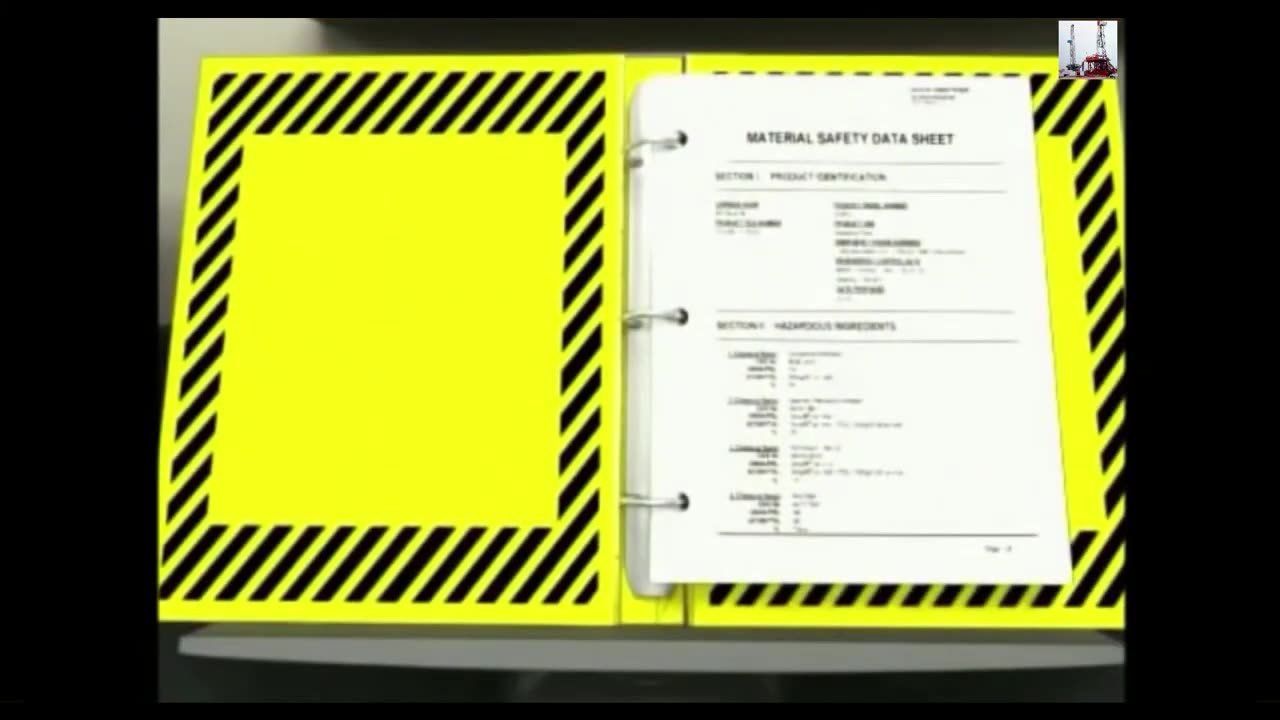Premium Only Content

HAZARD COMMUNICATION
Hazard Communication (HazCom) is an essential workplace program designed to inform employees about the potential hazards of chemicals they may encounter at work. It ensures the safe use, handling, and storage of hazardous materials, thereby reducing accidents and exposure risks. The program is typically governed by regulations like OSHA's Hazard Communication Standard (HCS) in the U.S.
---
### **Key Components of a Hazard Communication Program**
#### 1. **Written HazCom Program**
- A formal document outlining how the workplace will comply with HazCom regulations.
- Includes:
- Procedures for labeling.
- Access to Safety Data Sheets (SDS).
- Training programs for employees.
- Methods for informing workers about non-routine tasks and hazards.
---
#### 2. **Chemical Inventory**
- A complete list of all hazardous chemicals present in the workplace.
- Updated regularly to reflect changes in chemical use or storage.
---
#### 3. **Labeling of Containers**
- **Primary Containers**: Must have original manufacturer labels with:
- Product name.
- Signal word (e.g., "Danger" or "Warning").
- Hazard statements (e.g., "Causes skin irritation").
- Pictograms.
- Precautionary statements.
- Manufacturer's name and contact information.
- **Secondary Containers**: If chemicals are transferred to other containers, they must be labeled with:
- Product name.
- General hazard information.
---
#### 4. **Safety Data Sheets (SDS)**
- SDS must be available for every hazardous chemical.
- Must include:
1. Identification.
2. Hazard identification.
3. Composition/information on ingredients.
4. First-aid measures.
5. Fire-fighting measures.
6. Accidental release measures.
7. Handling and storage.
8. Exposure controls/personal protection.
9. Physical and chemical properties.
10. Stability and reactivity.
11. Toxicological information.
12–16. Additional relevant information.
---
#### 5. **Employee Training**
- Workers must be trained on:
- Understanding labels and SDS.
- Identifying workplace hazards.
- Safe handling, storage, and disposal of hazardous materials.
- Emergency procedures (e.g., spills, exposures).
- Non-routine tasks involving hazardous chemicals.
---
#### 6. **Communication of Hazards**
- Methods to inform employees of hazards in their areas.
- Procedures to communicate hazards to contractors and visitors.
---
### **Employee Responsibilities**
- Follow workplace safety protocols.
- Use personal protective equipment (PPE) as required.
- Immediately report spills, leaks, or unsafe conditions.
---
### **Employer Responsibilities**
- Maintain up-to-date hazard information.
- Ensure employees have access to SDS and proper training.
- Review and revise the HazCom program regularly.
Would you like assistance with creating a specific HazCom plan or resources for training materials?
-
 6:43
6:43
HSESafetyInformation
8 months agoLahori Chanay Recipe - Lahori Cholay Recipe - Chana Chana Masala
61 -
 LIVE
LIVE
Barry Cunningham
4 hours agoBREAKING NEWS: COUNTDOWN TO COMMUNISM! ELECTION RESULTS SHOW!
1,705 watching -
 2:11:28
2:11:28
DeVory Darkins
3 hours agoLIVE NOW: 2025 Election results and Exit Polls AMA
19.5K24 -
 LIVE
LIVE
DLDAfterDark
2 hours agoJust Another Tuesday - In Virginia - The Governor's Race & Glock Talk
95 watching -
 3:21:38
3:21:38
The Charlie Kirk Show
5 hours agoJUDGMENT DAY 2025: The Election Results Stream
143K70 -
 3:51:07
3:51:07
MattMorseTV
6 hours ago $0.69 earned🔴Election Day LIVE COVERAGE.🔴
67.2K39 -
 1:16:51
1:16:51
Flyover Conservatives
22 hours agoSHOCKING DATA REVEALS: Young Voters Are Done With the Old GOP - Mark Mitchell, Rasmussen Reports | FOC Show
14K14 -
 1:15:28
1:15:28
Sarah Westall
5 hours agoGrooming is Protected and Encouraged by the System – Michelle Peterson and Mike Adamovich
15.6K4 -
 LIVE
LIVE
Akademiks
2 hours agoKendrick tries to Flip the Bots on DRAKE? WHo Beats Jay z in a verzuz. Blueface finally free!
985 watching -
 1:38:16
1:38:16
Professor Nez
8 hours ago🚨ELECTION NIGHT 2025 LIVE! Massive Upsets Brewing in New York, New Jersey & Virginia!
22.9K9